Last weekend, I visited East Lansing Kart Track (ELKT), just outside the sprawling and bucolic Michigan State University campus, for a test-and-tune. Built in 1961, the track hosts weekly racing (and open practices) April through October, for locals and far-flung speed freaks alike. The 0.45-mile course, which more closely resembles the picturesque setting of a hardwood state park, features about 10 (depending on the configuration) drastically different corners. The variety ranges from wide-open kinks to tight hairpins.
Classes are equally diverse. ELKT welcomes a half-dozen different two-stroke and four four-stroke run classes (as well as an open invitation to those who favor two wheels). My kart, a used Briggs-and-Stratton-powered Margay, slots into the L206 Senior class, which features drivers over 15-year-old and combined weight of 365 pounds or more. According to track owner Kevin Haun, this class is one of the course’s most competitive.
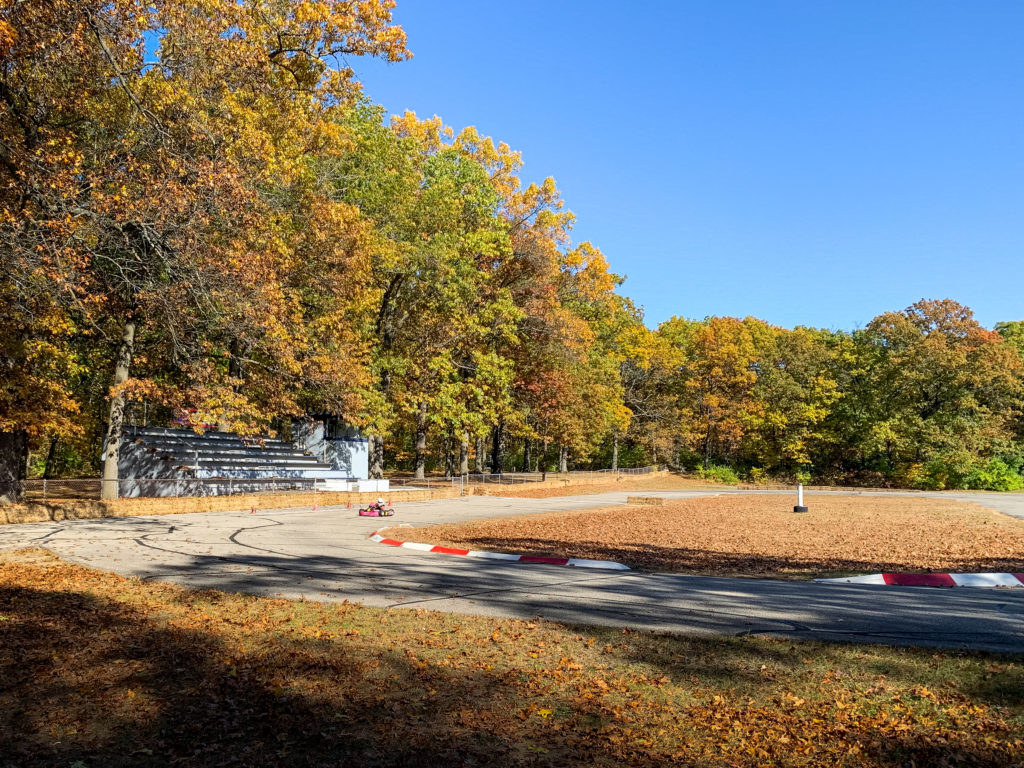
Haun’s family purchased the ELKT in 1973. Through his family’s stewardship, the track has not just endured since then—it’s thrived. “We were here last weekend for their season finale,” said a fellow karter, “and the pits were so packed we had to park out by the road.”
Compared to the prior weekend, Saturday’s open practice, had a totally different feel. Some karters were shaking down new pieces. There was a family of three generations setting quick times. And others, like me, were just there to turn laps and enjoy the autumn sun. Think open-top color tour in a 10-horsepower kart. The relaxed nature of the event allowed me to run the kart, digest, tune; then rinse and repeat for five hours. Unplugging, really zeroing in on an activity that demands attention and focus, has a way of letting deeper thoughts simmer in the background. I came away from my day at ELKT, particularly after interacting with the owners and drivers, feeling like I’d touched on some valuable best practices for life. Here they are, in no particular order:
Ask questions
When it comes to setting up a kart, I have no idea what I’m doing. That’s the honest truth. Prior to my visit, I orbited competency through brief calls with my father and ample time scouring karting forums. Still, there was much room for improvement. One of the easiest trackside alterations is tire pressure, and for that I turned to the experts who might know how to adjust for colder fall temps and 25-year-old surface. I asked multiple drivers for tips, ultimately arriving at an average figure for my R80 Hoosiers (which are like hockey pucks). I hit the track with 14 psi at all four corner … and quickly learned my second lesson.
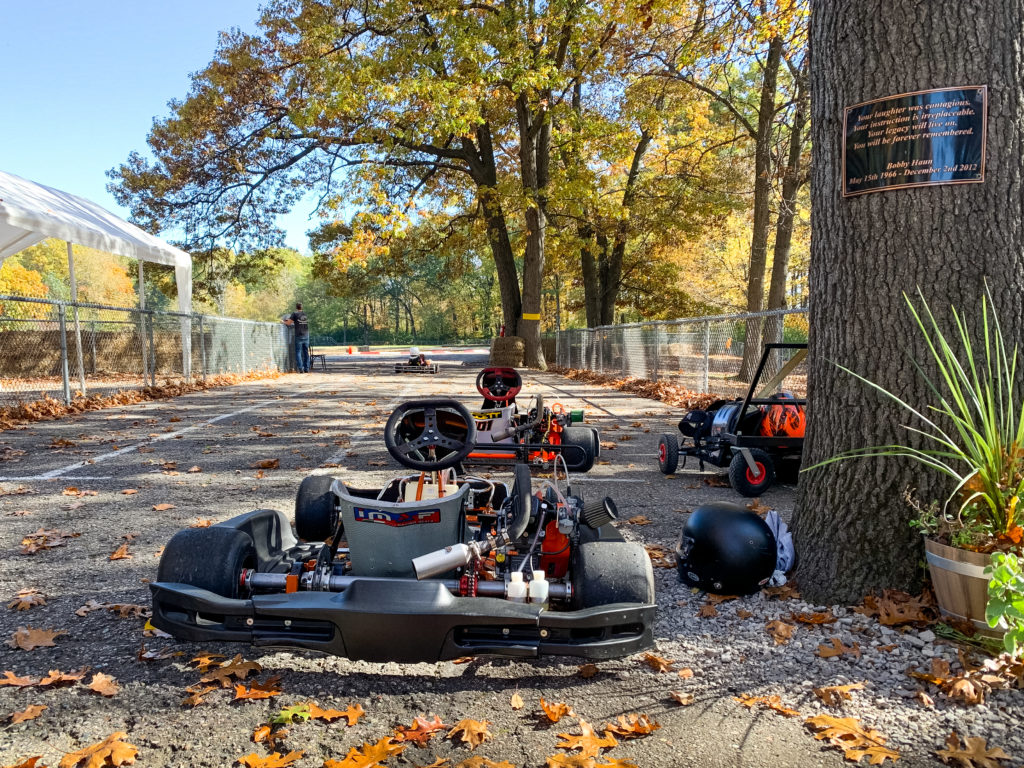
Be patient
The first session of the day served as a quick reminder that some sayings really are truisms. Patience is indeed a virtue. For my early runs, my tires were cold and every corner felt as slick as ice. I imagine I looked something like a horse on rollerskates through those first few laps. Still, with other karts on track, I felt the urge to pick up pace before my tires were ready. Sort of like opening the microwave door before your leftover lasagna has fully thawed.
Hunger has a way of overriding good sense. After stabbing the throttle, it was cold lasagna for me and my kart: a lazy spin on the exit of the track’s tightest turn. I should have waited.
Make friends
This one is quite easy in a setting where people have similar proclivities. (Lesson 1—ask questions—often opens the door here.)
As I was unloading my gear, a gentleman pulled up in a Chevrolet Traverse with a single-axle open trailer. As a fellow solo operator, I took note of his kart stand, which had a hand-powered winch affixed to the end. It’s one way for lone wolves to lower our karts onto the grid.
We started talking about the stand, which led to introducing ourselves. His name is Roger. Despite being in his sixties, Roger has only been karting for four years. “I always passed this property,” he said. “Then one day, I decided to stop in.” Simple as that. Not long after, he purchased a kart and went racing.
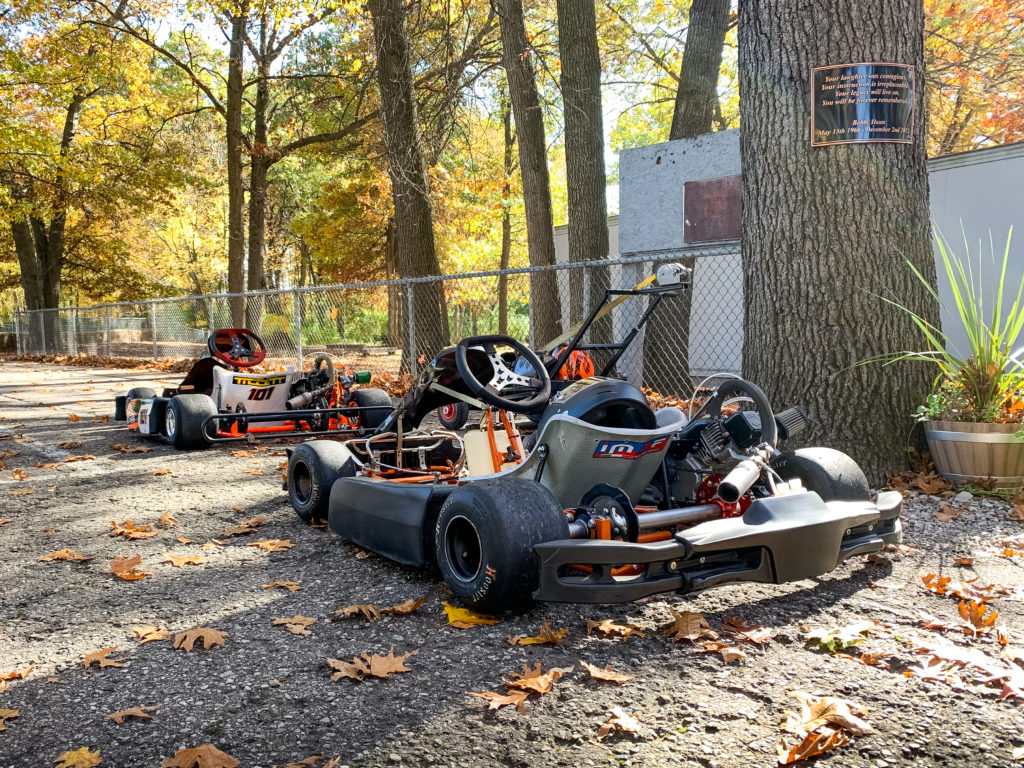
Roger and I hit the track at the same time on multiple occasions that day. His souped-up 206 four-stroke with a billet connecting rod—and who knows what else—made him lethal on the straights. And the chrome wheels made the kart look as fast, too. I had major kart envy.
When I surrendered my kart to Associate Managing Editor Grace Houghton for her first karting adventure, Roger chirped up. “You want to try mine?” I jumped at the opportunity. In addition to forging a new friendship, the seat time allowed me to benchmark where my kart was in terms of performance. All from the seed of a little friendly banter.
Push yourself
After a couple sessions, I was really getting the hang of the nuanced track. The back section of the track has a 90-degree left-hander that can be hit wide open providing you’ve mastered the line. As I got quicker through this section, I started to hit the engine’s rev limiter earlier and earlier. To gear my kart for a higher top speed, I purchased a 63-tooth gear from Haun at the parts shop (on credit—boy, do I love the racing community). The change would sacrifice some low-end speed, and with only a couple sessions left in the day, I debated whether I should make the change at all. Call it laziness or complacency, I went back out to focus on the slower segments with the old 65-tooth sprocket.
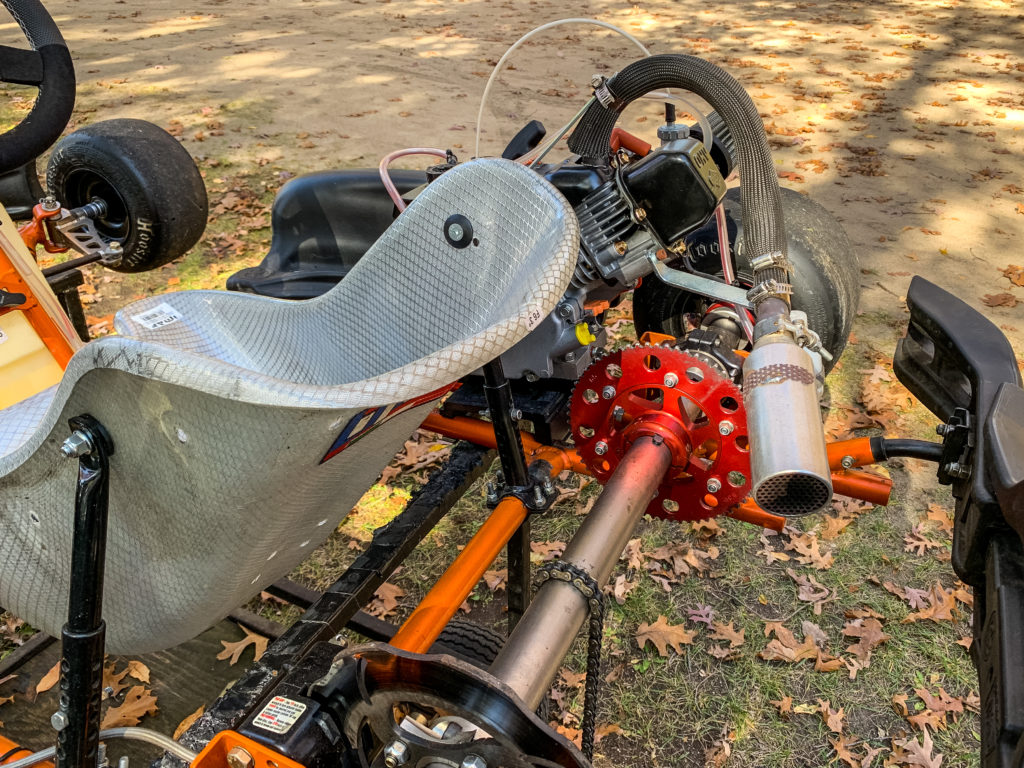
Two laps in, I brushed ELKT’s notoriously tall curbs and slipped the chain. Fate was shouting at me to make the change. With half the job already done, I wheeled my kart back to the paddock to change sprockets. After the swap, the difference in top speed was marked. Eventually I was able to build toward a quicker lap time and eventually hit the rev limiter again, though much later on the straight. Lesson learned: Don’t rest on your laurels. Make the change.
Observe your surroundings
The final two corners—a sweeping 180-degree right followed by a 180-degree right—were especially tricky. To find my way through the set, I employed two strategies. First, I waited to go out during one of my sessions. Instead of joining the group, I posted up from a good vantage point of the problematic section and watched how the more experienced drivers were tackling the corners.

Then I hopped in and joined the fray. Positioning myself behind the veteran drivers, I embarked on an informal lead-follow. The few laps that I was able to keep the faster racers in view paid great dividends in overall speed through the tricky segment.
Get out there
I know this one sounds cheesy (and I’m half-sure it was a cruise line slogan), but stick with me. It is not easy to pack up a vehicle—whether it be a kart or a full-size race car—along with the requisite equipment, travel many miles, only to then show up to an unfamiliar place. That’d be daunting for just about anyone. The time investment alone is considerable; I can think of so many things I would rather do on the Friday night before race day than make sure my air tank is full, my tie down straps are tight, and that I have the appropriate amount of underwear. The key here: envision the sweet time that you’re going to have out on the track. These memories are going to stay with you much better than a Friday night rewatching Days of Thunder.
Regardless of the specific discipline, racing requires premeditation and focused intent. There’s no app for race prep, so just trust the process. Stick with it and get out there. It’s worth it.
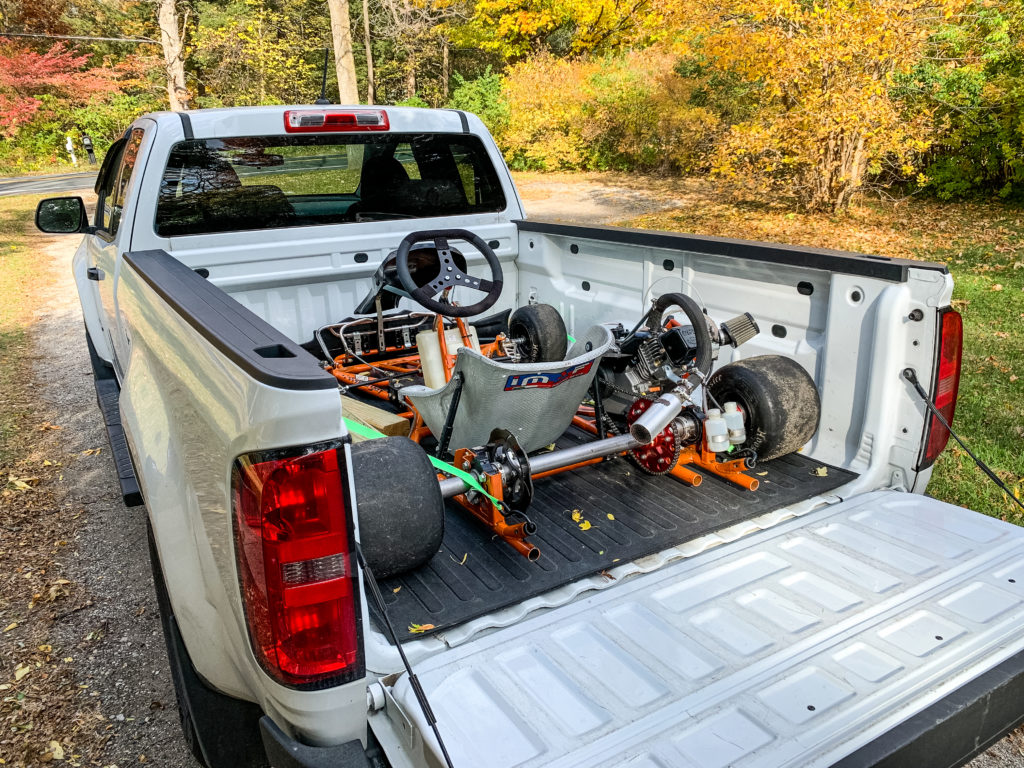

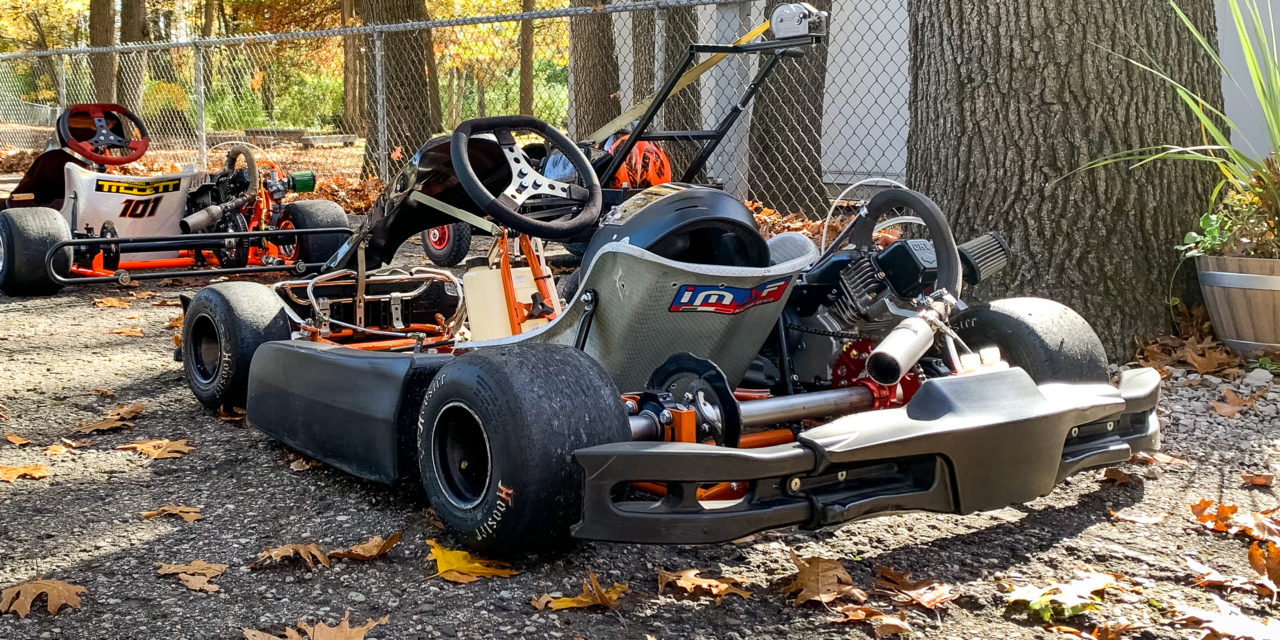
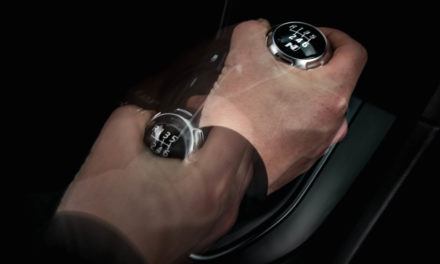
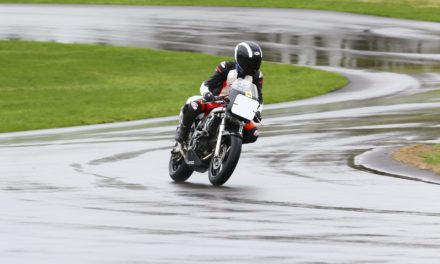
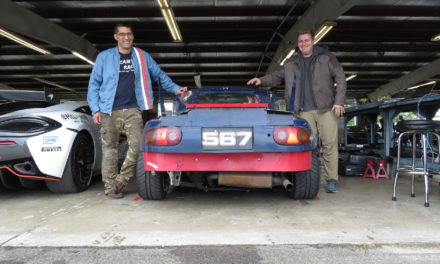
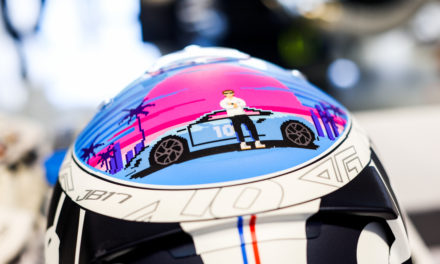





Hi. Nice story. My son races at ELKT and it’s a great local family track.
It’s a gem. Kevin, along with his family and friends, do such a great job.
It may seem a bit like nerdy overkill, but an onboard data system like an Alfano or Mychron 5 is also essential. With its various sensors, a Mychron gives engine temps, and RPM readings. Its GPS shows the Driver his/her time at the end of each lap and will also give green or red lights for sectors of the track for instant, comparative feedback. This information is invaluable in helping Drivers measure performance, understand what gear ratios to run and even how to adjust carburetoration. The information is also stored for later review. Onboard data systems are beneficial at every level of Karting, starting at Kid Kart (5-7 year olds).
I totally agree. I have a Mychron 5 on my Christmas list!
Thank you for mentioning the motorcycles. We do not get out as much as we used to but always have a blast when we do.
It looked like an absolute thrill on the technical track. But I’ll leave the two-wheeling to Hagerty editor Kyle Smith.
Hi Great article, I think of how many have enjoyed this track it’s incredible and it wouldn’t be possible without Kevin and his family’s dedication.
Thanks! Yes, very thankful for their stewardship of the facility.